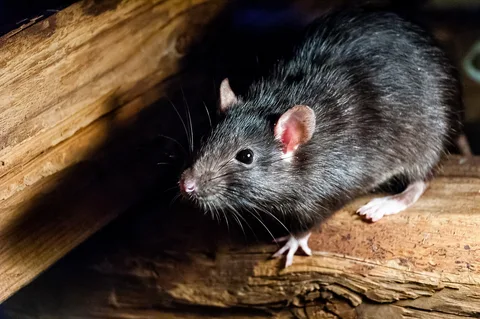How Washington’s Climate Affects Rodent Populations Year-Round

If you live in Washington, chances are you’ve seen a rat or mouse skitter across the sidewalk, or even sneak into your garage or attic. But have you ever wondered why rodents are such a big problem here? The answer has a lot to do with our climate and the way our towns and cities are built. If you’re dealing with rodents around your home, you can get a quote here to find out what it takes to keep them out for good.
A Perfect Place for Rodents to Call Home
Washington has something rodents love, mild weather and lots of rain. Unlike places with harsh winters or dry summers, our state stays pretty damp and cool most of the year. That means rats and mice don’t have to deal with extreme cold or heat, so they stay active through every season.
They also need water to survive, and in Washington, it’s everywhere. From puddles to lakes to the regular rainfall, rodents never have trouble finding a drink. Add in green parks, wetlands, and dense bushes, and they’ve got the perfect hiding spots too.
Spring: Time to Start a Family
As the weather warms up in the spring, rodents get busy, literally. Spring is breeding season for rats, and the conditions couldn’t be better. With fresh plants, seeds, and bugs to eat, plus mild temperatures, rats can raise litter after litter without much trouble. A single female rat can have up to a dozen babies every few weeks.
In more rural parts of Washington, natural spaces used to be home to deer mice and squirrels. But over time, new neighborhoods and buildings have taken over, and invasive rats have moved in to take their place.
Summer: Feeding Frenzy
Summertime in Washington doesn’t get too hot, which keeps rodents out and about. That’s also when people have more backyard cookouts, picnics, and outdoor festivals. All that activity creates trash, food scraps, dropped snacks, grease, and leftovers. For a rat, it’s a buffet.
Even construction projects don’t slow them down for long. Rats are great at finding new places to hide and will move quickly if their old spot gets disturbed. With so many places to shelter, like crawlspaces, sheds, and even underground areas, they’re never far from safety.
Fall: Second Baby Boom
As summer fades, rats kick into high gear again. Fall marks a second big wave of breeding before winter hits. They also start gathering food to store in their nests. This is when they’re most likely to sneak into garages, attics, and walls to stay warm and cozy.
They’re not just looking for heat, they want food too. If your trash cans aren’t sealed or you leave pet food outside, you might be unknowingly feeding a whole rodent family.
Winter: Warm and Cozy Inside
While rodent activity might slow down a little in the coldest weeks of winter, it doesn’t stop. In fact, rats and mice are more likely to come indoors. They search for warm, quiet spots where they won’t be disturbed, and homes are perfect for that. Insulation, cluttered storage areas, and heating systems all make great hiding places.
And because Washington winters aren’t too harsh, some rats continue to roam outside too, especially in cities where food and shelter are easy to find.
What Makes It Worse?
Besides the climate, other things in our daily lives make it easier for rodents to survive:
- Lots of people = lots of garbage
- Pet food left outside
- Bird feeders that spill seeds
- Older homes with cracks and gaps
- Compost piles and open dumpsters
When towns and cities grow, rats often grow with them. As more land gets developed, rodents lose natural predators and find even more ways to live alongside us.
What You Can Do
Rodents are a part of life in Washington, but that doesn’t mean you have to let them take over your home. By understanding how the local weather and human habits help them thrive, you can take steps to keep them out.
Seal up entry points, store food securely, and keep outdoor areas tidy. These small actions can make a big difference in keeping your home rodent-free, no matter what season it is.




